The flag of Kyrgyzstan is a powerful national symbol that reflects the country’s history, culture, and natural landscape. It was adopted on March 3, 1992, following the nation’s independence from the Soviet Union. The design has since been adjusted ever so slightly since (more on that below), and while talks constantly rumble in the country about changing it entirely, these are unlikely to come to much.
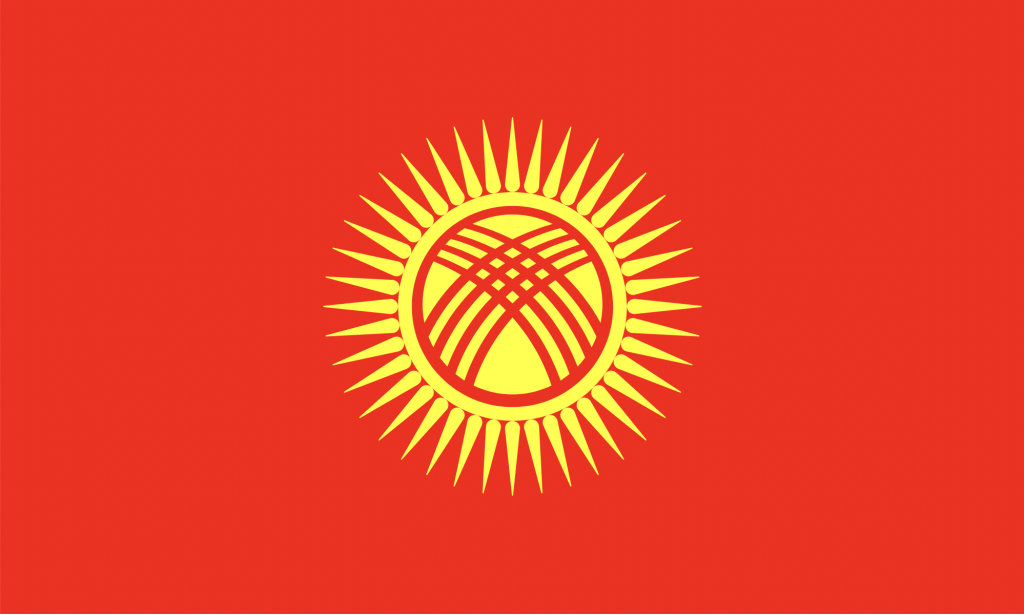
What’s the symbolism of the Flag of Kyrgyzstan?
Like many other countries, Kyrgyzstan didn’t just go for a basic tricolour or something like that.
In fact, this is the only flag in the world that has a representation of a yurt on it. Unique flags are a common theme across Central Asia.
The yellow circle with a cross in the centre of the flag of Kyrgyzstan is found at the top of every yurt. It is called a tunduk (ТҮНДҮК in Kyrgyz), and is where the construction poles of the yurt cross over at the top, forming this iconic shape. This isn’t the only place in Kyrgyzstan that you’ll see this design either – people have them built into their fences, painted on walls, used as logos for business, and much more. It’s also not just a Kyrgyz symbol – there’s a Tunduk on the Kazakh Coat of Arms, and you’ll see them in Mongolia and other countries where yurts are an integral part of traditional culture.
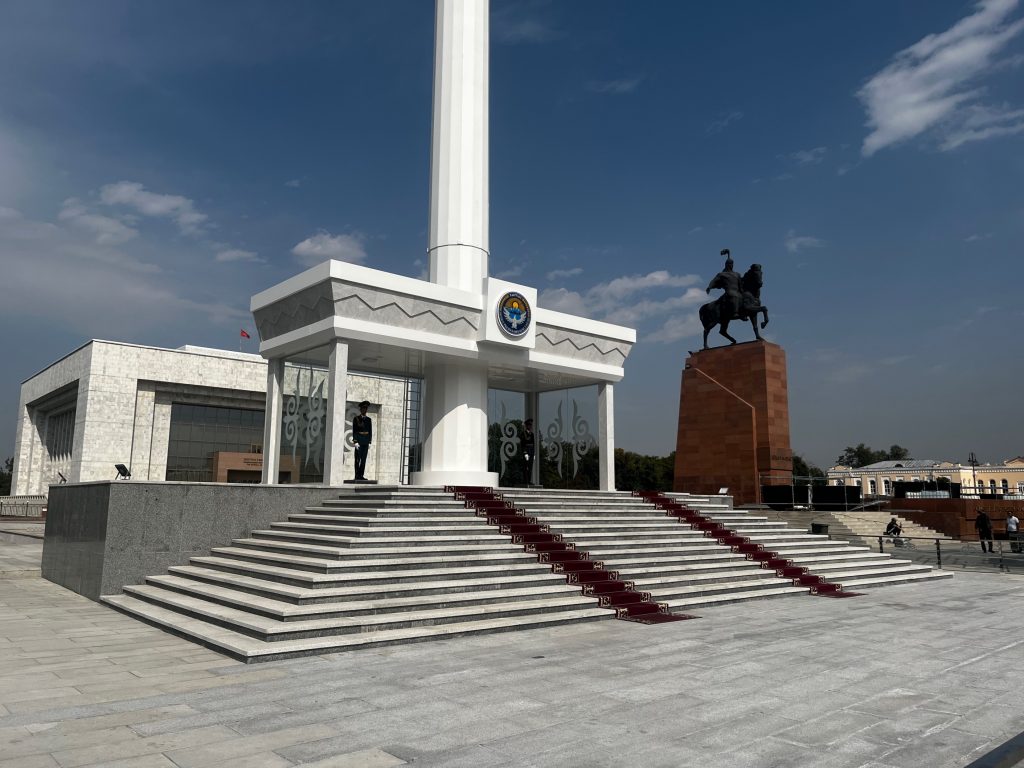
The structure of the tunduk itself, with its intersecting lines, officially represents harmony, unity, and the connection between the sky and the earth. This is often interpreted as showing the bond between the people, the sky, and their homeland. In a similar way to the Kazakh flag, this is a link to the country’s pre-Islamic past, when the Turkic tribes of Central Asia traditionally worshipped the sky.
And wondering what exactly a yurt is, and why they’re such a big deal in Kyrgyzstan?
Yurts are the semi-permanent homes that nomadic people in Central Asia traditionally lived in. While this traditional lifestyle has almost entirely died out in Kazakhstan, it is still very much alive in Kyrgyzstan and Mongolia. They are constructed by draping layers and layers of hand-made felt over a wooden frame, and are easy to assemble and disassemble compared to houses, but not compared to tents!
The red colour symbolizes bravery, valor, and the sacrifices made by the Kyrgyz throughout their history. Red also harks back to the ancient Kyrgyz tribes who used red banners as emblems in battle, which further highlights these ideas of power and resilience among Kyrgyz people.
The yellow lines around the Tunduk represent sun rays – and they aren’t just any old sun rays either! The sun itself symbolizes warmth, life, and energy, as well as the spirit of freedom and openness Kyrgyzstan aims to project.
Intentionally, there are fourty sun says. The name “Kyrgyz” means “land of fourty” in Old Turkic (Kyrgyz is a Turkic language), with there being considered to be fourty traditional tribes making up the Kyrgyz people. Significantly, these clans were historically united by Manas, a revered hero in Kyrgyz epic poetry who you can read more about in our complementing blog post. In short, he’s a really, really big deal in Kyrgyzstan, and is celebrated as the person who brought the tribes together – he is considered the patriarch of the Kyrgyz people.
If you wish to read more about the flag of Kyrgyzstan’s symbolism, the Kyrgyz tourist board has produced a very thorough guide which you can read here.
What is the history of the Kyrgyz Flag?
The current flag replaced the flag used during the Soviet era, which featured the traditional hammer and sickle symbol on a red background with a blue stripe. The adoption of a new flag of Kyrgyzstan, after independence, was part of a broader effort to establish a distinct national identity that was separate from its Soviet past. In the years following independence, there have been occasional debates about changing the flag to better reflect the country’s evolving identity, yet the current design remains widely embraced as a representation of national pride.
In the seven months between independence and the adoption of a new flag of Kyrgyzstan, the old Soviet banner continued to be used. Introduced in 1952, when Kyrgyzstan was the Kyrgyz SSR, the flag featured the standard Soviet symbols — a golden hammer, sickle, and star — on a red background.
Its distinctive blue and white stripes across the center set it apart, however, despite the meaning behind them remaining unclear. One theory is that they referenced the pan-Slavic colours, acknowledging Kyrgyzstan’s significant Slavic population, which grew during the Russian Empire’s expansion in the 1860s. While many Slavs left after the USSR’s collapse, a large minority remains, especially in the north of the country.

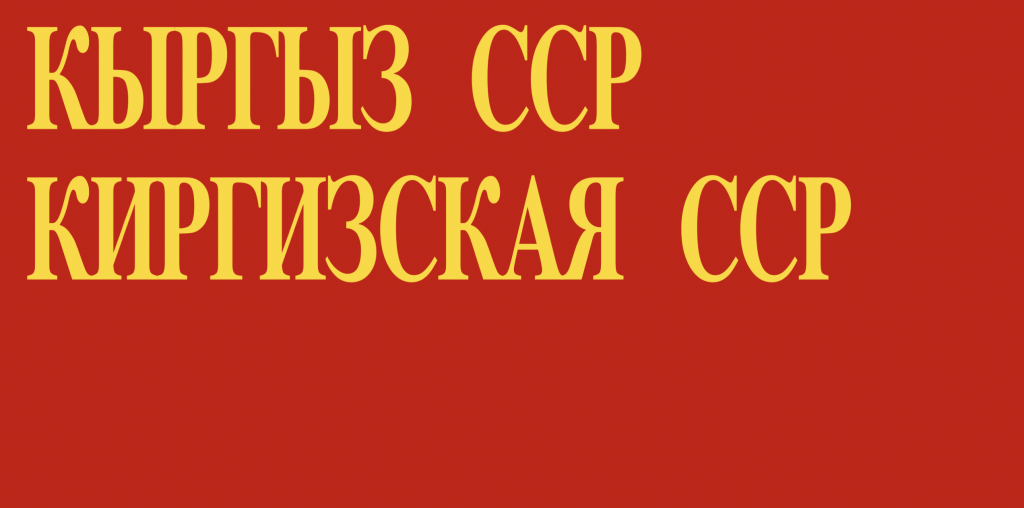
Prior to that flag, earlier designs simply featured the name of the country, written on a plain red background in both Kyrgyz and Russian. The Kyrgyz was written in Latin until 1940, at which point it switched to Cyrillic, along with other minority languages in the USSR.
Since indepencence, discussions have continued around changing the Kyrgyz flag. With minorities constituting over 20% of the country’s, these groups – including (among others) Uzbeks, Russian, Dungans, Uighurs and Tatars – do not feel represented by a flag they considered as Kyrgyz-orientated.
Some people view the red background of Kyrgyzstan’s flag as a symbol of the country’s Communist past, which they would prefer to leave behind. However, this perspective is not widely shared, as the majority in Kyrgyzstan still look back on the Soviet era with a sense of nostalgia. Consequently, the desire to change the flag’s design is mainly confined to a small minority.
But wait, didn’t they change it recently?
Well, technically, yes. In December 2023, President Sadyr Japarov signed parliamentary legislation into law, changing the national flag from the one on the left to the one on the right.
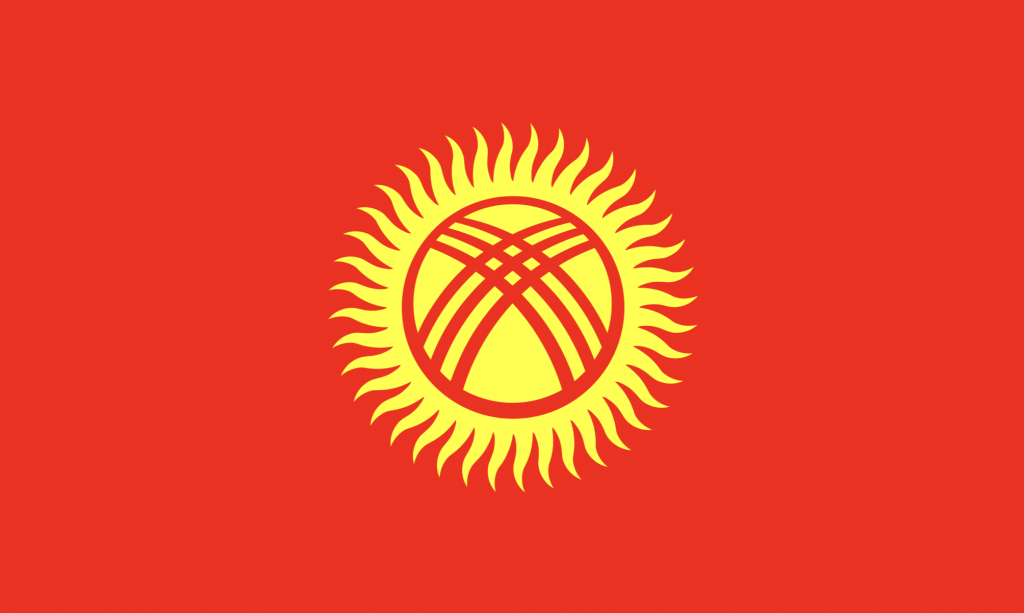
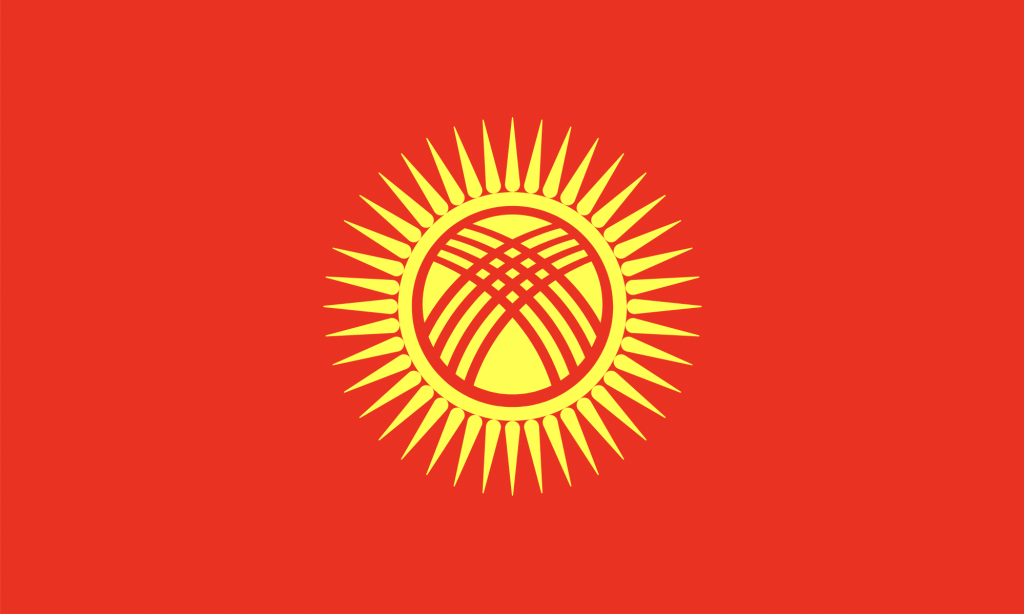
Struggling to spot the difference? You’re not the only one. The official reasoning is that the old flag looked too much like a sunflower, which government officials decrided as problematic for two reasons.
Firstly, they were worried that foreign visitors were arriving in Kyrgyzstan, only to think that the country grew large numbers of sunflowers – something I never heard once despite living in the country for over a year. More significantly, the Kyrgyz term for sunflower, “kunkarama,” is used as a derogatory term to mean someone who “bends towards the sun,” like how English speakers might use the word “spineless.”
Regardless of this, though, this move was deeply unpopular with the Kyrgyz public. Legitimate polls suggest that at least 80% of them strongly opposed the change, with most people being angry that the government was directing resources to this rather than the litany of problems facing the country. Every flag on government buildings also had to be changed, at a cost of tens of millions of dollars in a nation where people are lucky to earn $300 a month.
Want to see the Flag of Kyrgyzstan for yourself?
Want to see Kyrgyzstan’s (new) flag in the country? Look no further than YPT! We come to Kyrgyzstan at least 4 times a year as part of our “Five Stans” trip, spending an average of five nights in the nation.
Alternatively, if you want to organize a private tour to suit your needs, time, and interests, let us know and we will craft the perfect itinerary for you. We can put together anything from a city tour to more specialized schedules such as architecture or political tours. We’ll see you there!





